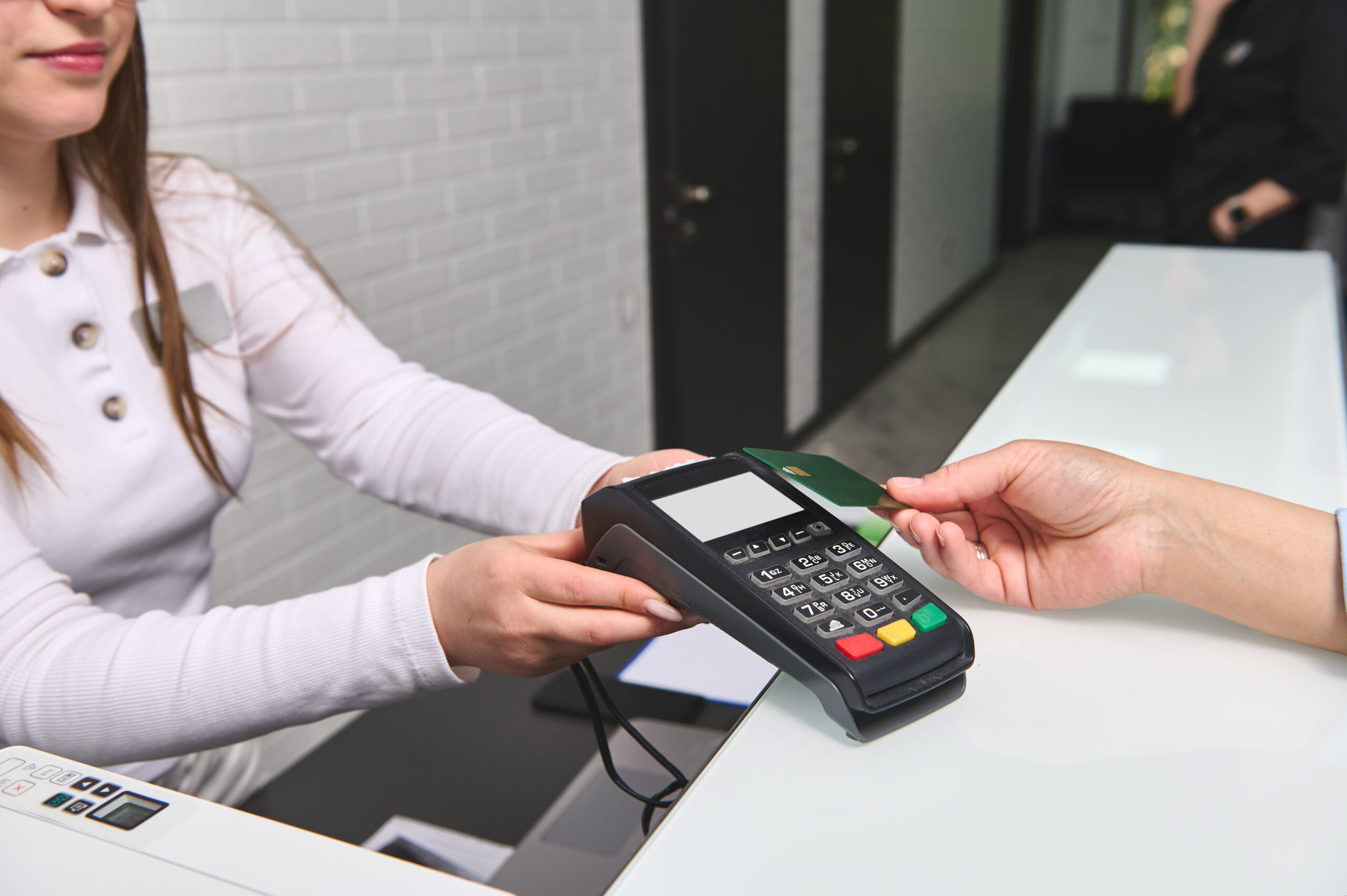The Evolution of Retail
Over the past decade, retail has transformed at a pace that’s both exciting and daunting. Walking down Main Street used to be the way we discovered new brands, browsed products, and connected with store staff. Today, many of those same interactions happen through a smartphone screen. As someone who has worked closely with emerging consumer brands, I’ve seen firsthand how the divide between physical and digital is no longer a gap to bridge—it’s a space to integrate.
The challenge for today’s retailers isn’t just selling products. It’s creating a seamless experience that brings the warmth, expertise, and discovery of the storefront into the digital world. Brands that can blend these two realities aren’t just surviving—they’re thriving.
Why Physical Retail Still Matters
Even in a world dominated by e-commerce, physical retail has a unique role to play. A store isn’t just a point of sale—it’s a chance to immerse customers in your brand. The textures, smells, layout, and even the energy of a location all contribute to storytelling. It’s an opportunity to create emotional connections that screens alone often struggle to replicate.
Physical retail also allows for experiential marketing. Think product demos, in-store events, or exclusive launches. These experiences create moments that customers remember, share, and even return for. But for many brands, the challenge is translating these same experiences into the digital realm.
The Rise of the Digital Experience
On the flip side, smartphones and apps have given consumers unprecedented convenience. They can browse, compare, and buy products anywhere, anytime. Digital platforms also allow brands to collect data on customer behavior, refine offerings, and personalize experiences at scale.
However, digital shopping can feel transactional. Customers miss the sensory experience, the human interaction, and the immediacy of touch and feel. The brands that succeed are the ones that can bring the best of both worlds together—creating a digital journey that mirrors the richness of the in-store experience.
Strategies to Bridge the Gap
1. Omnichannel Integration
Your physical and digital presence should work together, not in competition. Simple steps like offering in-store pickup for online orders or integrating inventory systems so customers know what’s available near them create convenience and trust. Omnichannel strategies blur the line between online and offline, letting customers move seamlessly between experiences.
2. Leveraging Technology in Store
Digital tools can enhance the in-store experience. QR codes for instant product information, augmented reality (AR) for visualizing products in a customer’s home, or mobile apps that track loyalty points and special offers can make a trip to the store feel both modern and personalized. This integration ensures that the store itself becomes an extension of the digital ecosystem rather than a separate entity.
3. Personalization Across Channels
Data collected online can inform physical interactions. Imagine a store associate knowing a returning customer’s preferences before they even walk in the door, thanks to insights from the app or previous online purchases. Similarly, in-store experiences can drive digital engagement—scanning a product in-store to get online tutorials or reviews, for example. This reciprocity builds a sense of continuity and loyalty.
4. Storytelling That Transcends Mediums
Your brand story should feel consistent whether a customer is scrolling through an Instagram ad or walking past your storefront. Messaging, visuals, and tone should reflect the same identity, with digital channels extending the storytelling that starts in-person. This cohesion strengthens recognition and makes your brand more memorable.
The Role of Community
One of the advantages physical retail holds is its ability to foster local community. Pop-ups, workshops, and experiential events encourage engagement that can’t always be replicated online. But digital tools can expand this community beyond geographic limits. Livestreaming an event, hosting virtual classes, or sharing behind-the-scenes content allows customers who can’t visit in person to still feel part of the brand.
By thoughtfully combining physical and digital touchpoints, brands can create a network effect—one that turns casual shoppers into loyal fans and loyal fans into advocates.
Challenges and Opportunities
The biggest challenge is ensuring that technology enhances rather than replaces human connection. A sleek app or AI-driven recommendations are valuable, but they can’t entirely replace the emotional resonance of real interaction. The opportunity lies in using digital tools to amplify the strengths of physical retail: connection, discovery, and experience.
Another challenge is investment. Building integrated systems, training staff, and maintaining a consistent omnichannel experience requires resources. But the brands that make this investment are the ones that set themselves apart from competitors, creating resilience in both uncertain markets and evolving consumer habits.
Looking Ahead
The future of retail isn’t physical or digital—it’s hybrid. The most successful brands will be those that understand both environments and find ways to let them support each other. They’ll use technology to make stores smarter, more personalized, and more interactive. They’ll use stores to make digital experiences feel human, tangible, and memorable.
For founders and brand leaders, the lesson is clear: don’t view digital as a replacement for the storefront, or the storefront as irrelevant in a digital world. See them as complementary, mutually reinforcing touchpoints. This perspective allows you to innovate in a way that’s holistic, customer-centric, and prepared for whatever the market throws next.
Final Thoughts
Bridging physical retail with digital experience is more than a tactical decision—it’s a strategic imperative. The brands that master this integration create meaningful, lasting connections with customers, and build resilience in an ever-changing market.
As someone who’s worked with startups and established brands alike, I’ve seen how powerful this approach can be. The key is to stay curious, embrace technology without losing the human touch, and always think about how each interaction—on the screen or in the store—reinforces the other.
The storefront and the smartphone aren’t competitors—they’re partners in telling your brand’s story. When you treat them that way, you unlock the full potential of your business.
